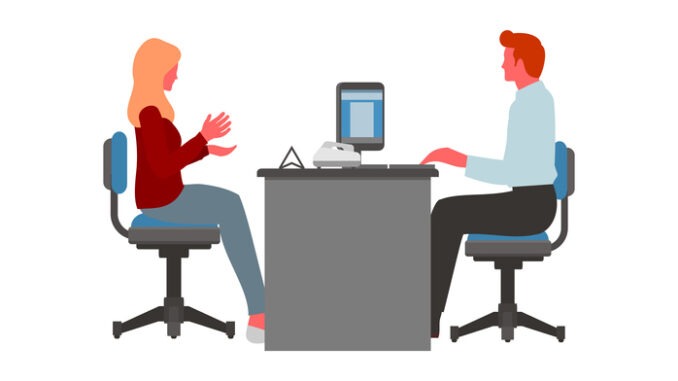
If an employee raises a problem in the workplace, what can you do to avoid it turning into a grievance?
CREDIT: This is an edited version of an article that originally appeared on acas
Many problems at work can be resolved informally – for example, through an informal chat.
An employee might raise a problem informally by telling their line manager or someone else at work – for example, another manager or someone in HR. It does not have to be put in writing at this stage.
Take the problem seriously
If an employee raises a problem informally, you should still take it seriously; if you do not, the problem might be raised as a formal grievance later and this could eventually lead to the employee making a claim to an employment tribunal if it’s not resolved. It’s also important to take it seriously to help:
- keep a good working relationship with the employee;
- avoid a formal grievance procedure – this can affect your organisation’s reputation, take time and be difficult for everyone involved.
It’s a good idea to:
- set up an informal chat or meeting to discuss their concerns;
- agree to any request from the employee to bring someone they work with, a trade union representative or other relevant person to a meeting.
It’s usually up to you to agree if the employee can bring someone else to the meeting. If discrimination law applies you might have to allow someone to come with them to help remove any disadvantage. Solving the problem should be a two-way process so that:
- you let the employee explain the problem and any solution – for example, asking the employee what they would like done about it;
- the employee listens to what you have to say.
Keep a record
You should keep a record of how you dealt with the problem, even if it was informal. This should include:
- what the problem is about;
- what you did, such as have an informal meeting;
- what was discussed in any informal chat or meeting;
- any next steps agreed;
- the reasons for any next steps.
It’s a good idea to make sure next steps are clear, specific and measurable.
Following up
You should ask the employee if the problem is now resolved for them. If it is not, to move things forward you could:
- check that any agreed next steps have been completed;
- set up more informal discussions;
- find out if anything else can be done.
You should remind them they can also raise the grievance formally.
If the employee raises a formal grievance
The employee might raise the grievance formally if:
- they feel raising it informally has not worked;
- it’s a serious issue, for example sexual assault or whistleblowing;
- they do not want to resolve it informally – you can still suggest this as an option.
They should raise the formal grievance:
- as soon as possible;
- in writing, outlining what the problem is.
If you do not follow a formal procedure, it could affect the outcome if the problem reaches an employment tribunal.
Who they should raise it with
You should have an organisational grievance policy that says who employees should raise grievances with. If you do not have one, they should raise it with a manager – either their own manager or someone else, such as an HR manager.
Using mediation
Mediation involves an independent, impartial person helping both sides to find a solution. You can use mediation at any stage in the procedure. Both sides will need to agree to mediation.
The mediator can be someone from inside or outside your organisation. If they’re from outside your organisation, you might need to pay.


Be the first to comment